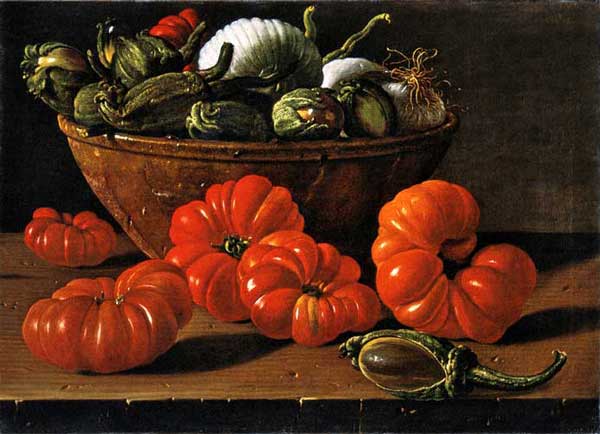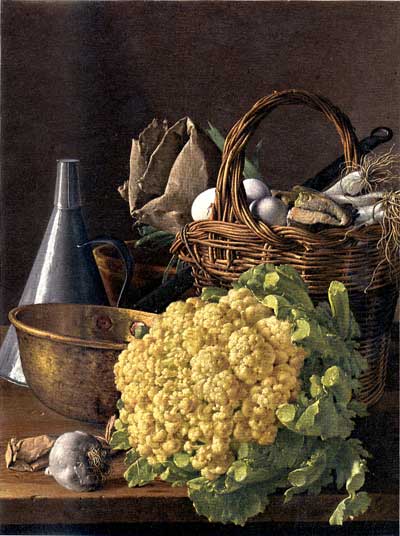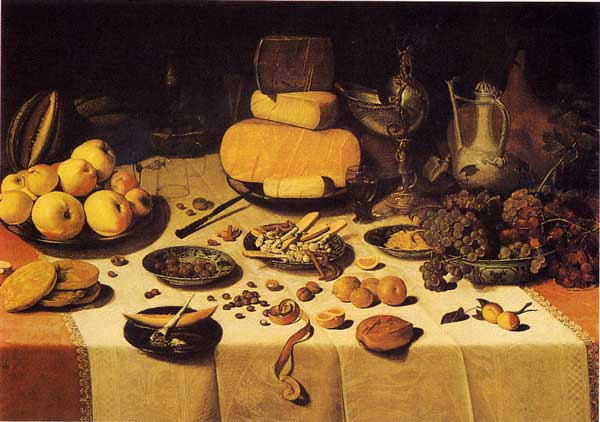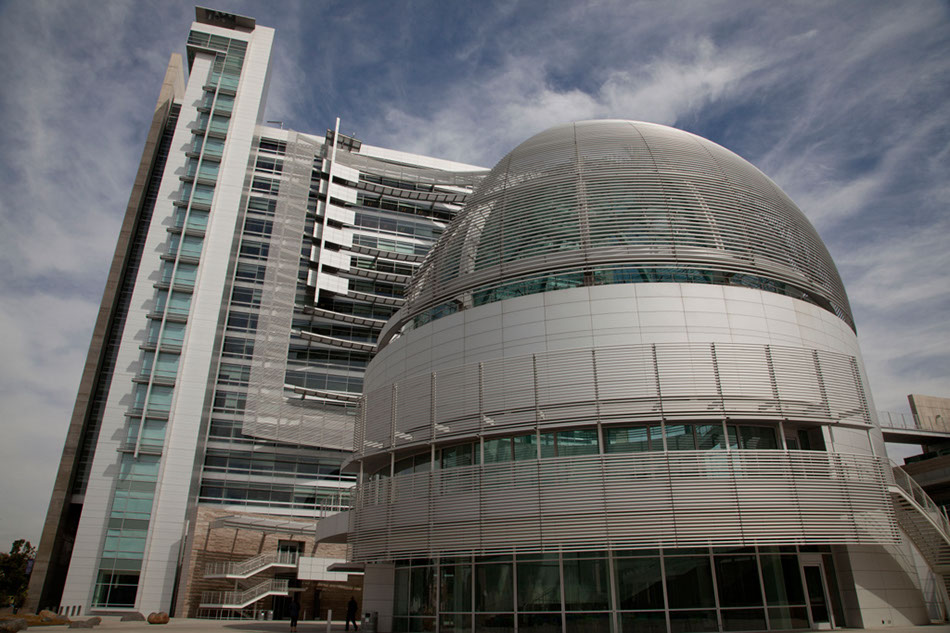The still life of the 17th and 18th centuries famously celebrates sumptuous arrays of exotic fruits, vegetables, flowers, meats and fish, cheeses and breads, seductively arranged on imported porcelain bowls, gold platters, or in delicate hand-woven baskets. Often the painting also includes a memento mori in the form of a skull, a fallen glass, or a worm burrowing into an apple, a moralistic omen of the futility of indulging in sensual pleasures rather than attending to the spiritual side of life. These paintings adorned the walls of the houses of the bourgeoisie, for whom these wondrous goods had recently become available with the development of colonies and the expansion of international trade. Serving up the fruits of global commerce on glowing silver platters comfortably removed from the exploitation that fueled the Dutch Republic's phenomenal rise to prosperity, these paintings, exhibited in international museums as examples of high culture, are the front surface of a hive of contradictions.
Still Life with Banquet is built on this unstable foundation. At the same time, it celebrates the rise of the “Slow Food” movement which both reconsiders the practices behind what we eat, and develops new approaches to gourmet dining. A multi-course meal, using local, organically grown, pristine ingredients is carefully prepared and elegantly served family style at long banquet tables. For the meal a cross section of people gather in an unusual and/or remote urban location (such as a garage) for a seasonal menu using iconographic ingredients. The dishes nod to the Dutch cookery of the Golden Age, the setting's culinary history and the cooks' improvisations. The long, dramatic table settings relate to the projection's sumptuous qualities and draw from the Dutch banquet aesthetic.
The meal is accompanied by super high resolution projections, modeled after Dutch and Spanish still lives, of those very ingredients and table decorations. During the consumption of each course, the diners are surrounded by images of its ingredients naturally returning to the soil in an ecological process of decomposition, while at the same time the flowers and plants decorating the tables emerge in a natural process of growth, replacing the now decayed and moldy foodstuffs. This is accomplished by placing the raw foods of the still life images on a hidden bed of soil prepared with seedlings and young plants, timed to grow and mature as the foods decompose. Also, as the organic materials condense and diminish, a few items that were obscured by the fresh ingredients are revealed: these are substances that will never decompose such as plastic toys or water bottles, the mementi mori of Still Life with Banquet, and, of course, our present civilization's long-lasting reminders of mortality. The dinner, set in a video installation, explores food's shifting identity ― what was once luxurious is now accessible and inexpensive, what is fresh and healthy a bourgeois luxury.


 Floris Claesz Van Dijck
Floris Claesz Van Dijck



